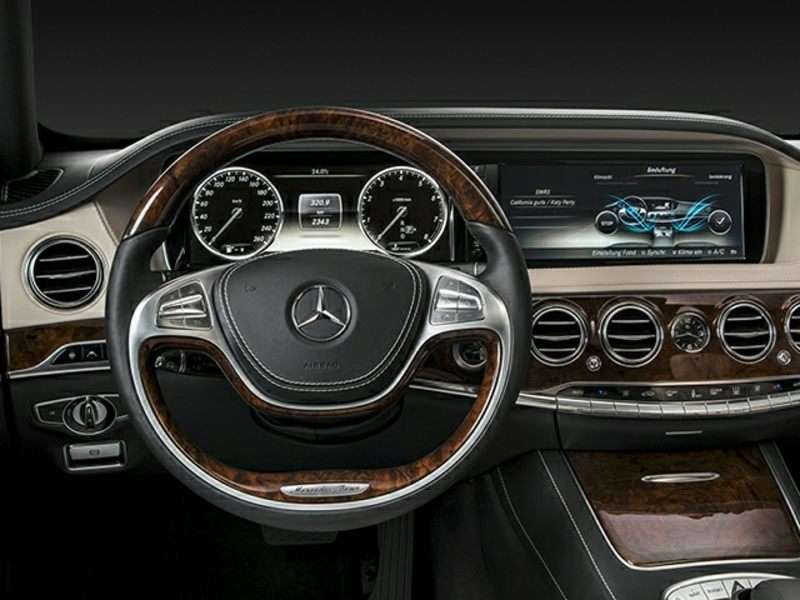Recent Articles
Popular Makes
Body Types
What is Radar Cruise Control

Granting a motorist a maintained set speed with limited effort, cruise control makes highway driving a slight less draining task. The first use of cruise control was exercised in 1910 by American auto brand Peerless. While Peerless automobiles are no longer a sight on current highways, cruise control technology has expanded to become an inexpensive luxury feature available on a wide array of new vehicles.
Designed only to maintain a constant preset speed, old-style cruise control lacks intuition and capacity to adjust to changing road conditions. One major concern with cruise control systems relate to the back and forth activity when the driver engages/disengages cruise control. There is some belief that drivers foregoing control of the throttle suffer delays in reaction times when approaching slower traffic or a situation requiring an emergency reaction. While vehicles equipped with electronic stability control can provide aid in case of skilled driver reflexes, many drivers will encounter a dangerous loss in handling trying to compensate for countering cruise control. Employing advanced sensing technology, a new wave of adaptive cruise control systems provide valuable electronic eyes.
The key component behind radar cruise control is electronic perception gained through either a ground-level laser or radar device mounted on the vehicle's front end either underneath the bumper or behind the grille. While both types work effectively in adaptive cruise control, more advanced systems prefer sending radar signals instead of lasers on the basis of better performance. Radar can not only penetrate more easily through lower visibility conditions such as light fog and snowfall but can more reliability measure distances to other vehicles.
Radar cruise control engages in a similar fashion as conventional cruise systems by the driver activating the unit through a switch located on the steering column or wheel. However, while speed settings on normal cruise control can be set or tuned manually via a dimmer-type switch, adaptive cruise control is also controlled by a electronic control unit (ECU). Once activated, speed will be held at a constant level while maintaining a minimum distance between forward vehicles. Acura's Adaptive Cruise Control allows the user to choose three intervals for following distance. Once the system detects an slower vehicle entering range, sensors will convince the ECU to decrease the vehicle's speed. Once the path clears, the cruise control will allow acceleration back to the preset speed.
The first adaptive system in 1999, Distronic on Mercedes-Benz vehicles, speed reduction could only result through the ECU throttling back on acceleration. Newer electronic systems now since involved with vehicle braking allows for greater effectiveness to adaptive cruise control. BMW's Active Cruise Control includes a Stop & Go feature which can even draw a vehicle to a complete standstill in cases like gridlock traffic. However, it should be cautioned that braking power exerted by the vehicle's ECU is no more than 20% of total stopping force. For any adaptive cruise control including braking capabilities auto manufacturers will express the fact that these systems were not meant as a substitute to good driving behaviors.
Adaptive cruise control exists as an expensive option for many luxury automakers. BMW's Active Cruise Control costs $2,400 on many of their cars. While the benefits of adaptive cruise control is not yet available on economy-priced vehicles, the adaptive cruise control's growth through the premium automobile category signifies that this technology is being embraced beyond gadgetry.
RL
A4, A5/S5, A6, A8/S8, Q5, Q7
Continental
3 Series, 5 Series, 6 Series, 7 Series
DTS, STS, XLR
300C
Genesis
EX35, FX35/FX50, M35/M45, QX56
XF, XK, XJ
MKS
ES, IS/IS F, GS, LS, LX, RX
CL-Class, CLS-Class, GL-Class, S-Class, SL-Class
Avalon, Sequoia
S40, V70, XC70